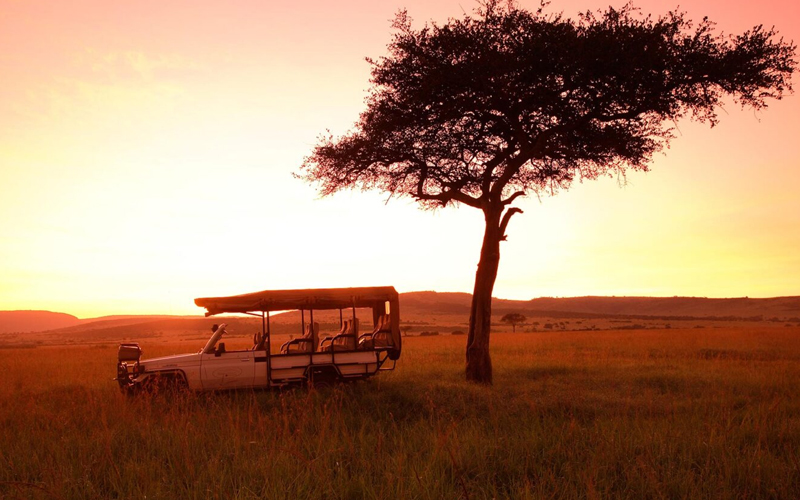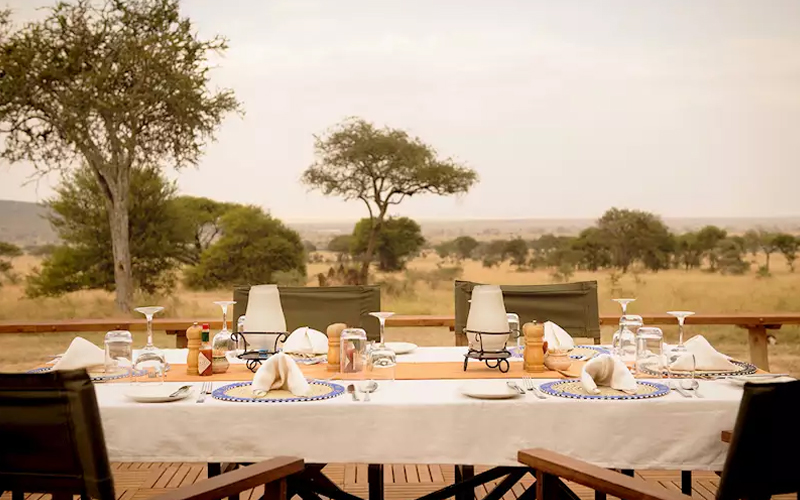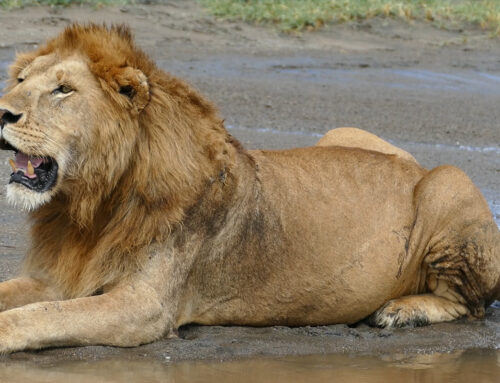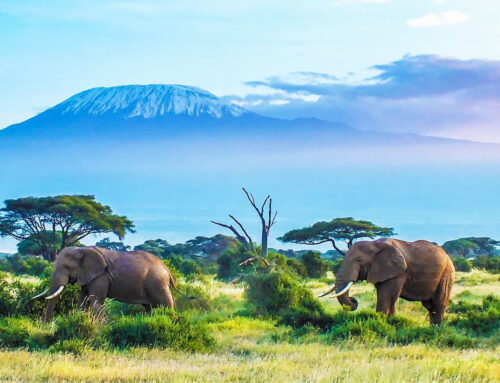Ever wondered what it’s like to be a safari guide in one of the world’s most iconic wildlife destinations? A day in the life of a Tanzania safari guide is filled with adventure, wonder, and the unexpected. These dedicated professionals play a crucial role in ensuring that visitors have an unforgettable experience while promoting conservation and respect for wildlife. Let’s dive into a typical day for a safari guide in Tanzania.
Early Morning Wake-Up Call
- Rising with the Sun: The day begins before dawn, often around 4:30 AM. Safari guides must be early risers, ready to prepare for the day’s adventures. The early morning light offers the best conditions for spotting wildlife, as many animals are most active during the cooler hours.
- Preparing the Vehicle: Before guests wake up, guides ensure that the safari vehicle is in top condition. This includes checking tire pressure, fuel levels, and supplies. They also clean the car to ensure a comfortable and safe ride.
Meeting and Greeting Guests
- Briefing for the Day: Around 5:30 AM, guides meet with their guests to provide a briefing. They discuss the plan for the day, including the areas they will visit, the animals they might see, and safety protocols. This is also an opportunity to answer any questions guests may have.
- Personalizing the Experience: Every safari is unique, and guides take the time to understand their guests’ interests. Whether it’s a keen birdwatcher or a first-time safari-goer, guides tailor the experience to meet the expectations and desires of each group.
Morning Game Drive
- Tracking Wildlife: The morning game drive begins around 6:00 AM. Guides use their extensive knowledge of animal behavior and tracking skills to locate wildlife. They follow fresh tracks, listen for alarm calls from other animals, and use their keen senses to spot hidden creatures.
- Educating and Engaging Guests: Throughout the drive, guides share their knowledge about the animals, plants, and ecosystems. They explain the behaviors observed, the relationships between species, and the importance of conservation. Their passion and expertise bring the savannah to life for their guests.
Mid-Morning Break
- Bush Breakfast: Around 9:00 AM, after a few hours of wildlife viewing, it’s time for a bush breakfast. Guides find a safe and scenic spot to set up a meal, often including coffee, tea, fresh fruit, and pastries. This break allows guests to relax and soak in the beauty of the landscape.
- Sharing Stories: This is also a great time for guides to share stories from their experiences. Tales of close encounters with wildlife, funny moments, and memorable sightings add a personal touch to the safari experience.
Late Morning Game Drive
- Continuing the Adventure: After breakfast, the game drive continues. Guides aim to show a variety of wildlife and habitats, ensuring a comprehensive safari experience. They may head to waterholes where animals congregate or explore different terrains in search of diverse species.
- Photographic Opportunities: Guides also focus on providing excellent photographic opportunities. They position the vehicle for the best angles and lighting, offering tips on capturing the perfect shot.
Lunch and Siesta
- Returning to Camp: By late morning, around 11:00 AM, the heat begins to build, and animals retreat to the shade. Guides return to camp with their guests for a well-deserved lunch. This is a chance to enjoy a hearty meal and reflect on the morning’s sightings.
- Afternoon Rest: After lunch, both guides and guests take a break. The hottest part of the day is spent resting, as animals are less active and it’s more challenging to spot wildlife. Guides use this time to relax, review the day’s activities, and prepare for the afternoon drive.
Afternoon Game Drive
- Heading Out Again: Around 3:30 PM, the safari adventure resumes. The late afternoon light is perfect for photography, and many animals become more active again as the temperature cools.
- Chasing the Sunset: Guides often plan the afternoon drive to coincide with sunset. The golden hour offers stunning views and the chance to see predators preparing for the evening hunt. The drive continues until dusk, around 6:30 PM.
Evening Back at Camp
- Dinner and Debrief: After returning to camp, guides join their guests for dinner. This is a time to share highlights from the day, answer questions, and discuss plans for the next day. The camaraderie and shared excitement over the day’s adventures make for a memorable evening.
- Preparing for Tomorrow: Once guests retire for the night, guides still have tasks to complete. They clean the vehicle, check equipment, and plan the route for the next day’s game drives. Their dedication ensures that every safari is as seamless and enjoyable as possible.
A day in the life of a Tanzania safari guide is demanding yet incredibly rewarding. These passionate individuals are the backbone of any successful safari, combining expertise, enthusiasm, and a deep love for the wilderness. Their work not only enhances the experience for visitors but also plays a vital role in wildlife conservation. Next time you embark on a safari, take a moment to appreciate the guide who makes it all possible.
FAQs
1. What qualifications do Tanzania safari guides need?
Tanzania safari guides typically undergo extensive training in wildlife behavior, ecology, and first aid. They must also be licensed by the Tanzania Tourism Board.
2. How do safari guides find animals?
Guides use their knowledge of animal behavior, tracking skills, and familiarity with the terrain to locate wildlife. They also communicate with other guides to share sightings.
3. What is the most challenging part of being a safari guide?
The most challenging part is balancing the needs and expectations of guests while ensuring the safety and well-being of both the guests and the wildlife.
4. How do guides handle dangerous animal encounters?
Guides are trained to manage dangerous situations by keeping a safe distance, reading animal behavior, and ensuring guests follow safety protocols.
5. What is the most rewarding aspect of being a safari guide?
The most rewarding aspect is sharing the beauty and wonder of the African wilderness with guests and knowing that their work supports wildlife conservation efforts.
For an unforgettable Tanzanian adventure, explore the following highlights on our site:
- Kilimanjaro Climbing
- Ruaha National Park
- Selous Game Reserve
- Serengeti National Park
- Zanzibar Beach Tours
- Ngorongoro Crater
- Kilimanjaro National Park
- Mikumi National Park
- Tarangire National Park
Visit our page for detailed information and tips to plan your perfect Tanzanian adventure.







Leave A Comment